Ultrastructure and morphology of midgut visceral muscle in early pupal Aedes aegypti mosquitoes
Autor(es): Bernick, E. P.; Moffett, S. B.; Moffett, D. F.
Resumo: These studies focus on the pupal Aedes aegypti midgut muscularis for the first 26 h following larval-pupal transition. The midgut muscularis of Ae. aegypti pupae during this first half of the pupal stadium is a grid of both circularly and longitudinally oriented muscle bands, arranged in a manner resembling that of the larvae. While many muscle bands exhibit signs of degeneration during the time period studied, not all bands degrade, nor is this degradation simultaneous. Band deterioration involves destruction of internal elements while the muscle fiber plasma membrane remains intact. Deterioration of contractile elements may involve proteosome-like structures and associated enzymes. Many features of the larval muscularis including cruciform cells, bifurcating circular bands, and bifurcating longitudinal bands of muscle are retained during the time period investigated. Neuromuscular junctions along some muscle bands are retained through at least 16 h into the pupal stadium. The selective nature of muscle fiber degradation, coupled with the retention of larval features and neural input, may allow for limited functionality of the muscularis during metamorphosis. Evidence of sexual dimorphism in the midgut muscularis of male and female Ae. aegypti pupae was not observed during the time period studied. (C) 2007 Elsevier Ltd. All rights reserved.
Palavras-Chave: Aedes aegypti; Midgut; Visceral muscle; Pupae; Development; Ultrastructure
Imprenta: Tissue & Cell, v. 40, n. 2, p. 127-141, 2008
Identificador do Objeto Digital: 10.1016/j.tice.2007.11.001
Descritores: Aedes aegypti - Sexual
Data de Publicação: 2008








